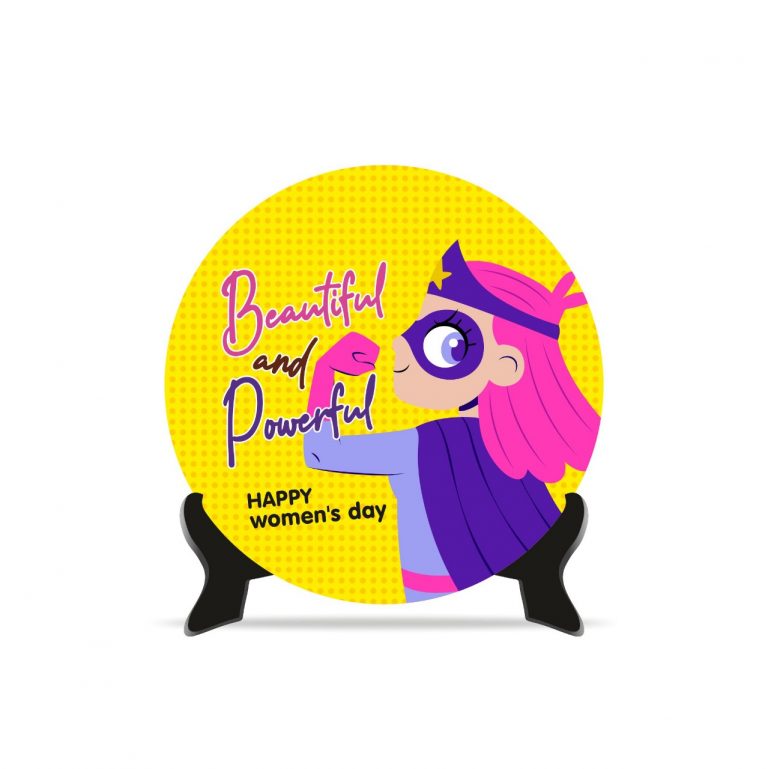Hiring for “culture fit” feels safe but it actually stifles innovation and resilience. It fosters fragile consensus (surface-level agreement, self-censorship) that can harden into risk blindness and stagnation. When leaders hire people who look, think, and act the same, they mistake sameness for strength while increasing the risk for creating toxic, competitive, or exclusionary environments.
The alternative is to hire for values alignment (shared mission) and cultural contribution (unique perspectives). This means asking better interview questions that reveal collaboration, adaptability, and what fresh strengths a candidate brings.
Bottom line: Sameness undermines innovation. Leaders should choose people who make teams stronger, not just more comfortable.
Why Listen to me?
I bring over 15 years of HR leadership across government and private sectors, where I’ve seen firsthand how hiring practices shape culture, innovation, and resilience. As a U.S. Army veteran and SPHR-certified professional with a Doctorate in Business Administration, my approach combines discipline, strategy, and research-backed insights.
I’ve helped 90+ organizations reframe hiring from “culture fit” to values alignment and cultural contribution that build teams that are collaborative, adaptable, and innovative. With Lean Six Sigma Black Belt training, I don’t just advise on people practices; I create measurable improvements in organizational performance and culture.
One Bucket, Multiple Spigots
Hiring for culture fit feels safe. Leaders believe it will make onboarding smoother, collaboration easier, and decision-making quicker. But what looks like risk avoidance at the start often triggers a cycle that eats away at innovation and agility. The first signal is subtle as it begins with employees who learn to cope through self-censorship. An organization does not have to ban dissent overtly to signal that straying from the herd isn’t welcome. It is a pervasive, inaudible, yet palpable, silence felt across the workforce. That silence leads to what I call fragile consensus. On the surface, teams that agree more often than disagree can be an open benefit to maintaining interpersonal relations, but in reality, it’s shallow and brittle because no one is testing the assumptions that live underneath.
Left unchecked, fragile consensus hardens into risk blindness. Herd mentality displaces external perspectives, narrowing organizational vision, and overconfidence is permitted to permeate conversations surrounding innovation and development. The outcome is an organization unable to adapt, where stagnation quickly follows. The irony is striking: the “safe” path of hiring for culture fit actually undermines safety, blinds leaders to risk, and erodes team resilience. The path of least resistance may intuitively convey signs of being protective, but left unexamined, it can be the quietest form of self-sabotage.
Walk Like Me and Talk Like Me
Nothing says “I’m afraid of change” louder than the idea that every employee should look, think, and act the same way. The goal of onboarding is not replication but integration. It begins by linking new hires to the organizational purpose while preserving the value of individual differences. Done well, onboarding makes the organization unique while inviting the individual differences that make it stronger.
I worked with a behavioral health clinic that illustrates this tension. The director in charge of operations had prioritized recruiting high-achievers from prestigious graduate schools who were ambitious, competitive, and relentlessly driven. On paper, this looked like a winning formula. In practice, it created a toxic, hyper-individualistic culture. Staff hoarded resources, collaboration broke down, and patients felt the consequences.
When we reviewed historical applicant data, one decision stood out. A candidate with excellent skills had been rejected because she emphasized work-life balance and had earned her degree online. She was labeled as “not hungry enough.” That single bias reflected the clinic’s deeper, centralized problem: it had confused individual competitiveness with organizational strength.
Related Posts
The fix wasn’t simple, but it was clear. The director reframed hiring to focus on Collaborative Care as a core value. She began screening for teamwork and sustainability, not just ambition. The clinic also invested in upskilling staff around conflict resolution and team engagement. Over time, a culture that was once defined by “what’s mine is mine” shifted toward an embodiment of shared accountability and healthier competition.
Micro-practice: Something tangible that you can do today focuses on how you can write better interview questions. In my experience, you’ll have much better responses if you replace the vague, closed-ended question “Would you describe yourself as a team player?” with something that uncovers how a candidate behaves in practice:
- “Tell me about a time when your success depended on helping someone else succeed.”
- “How do you handle situations where your goals conflict with your team’s goals?”
These responses reveal whether collaboration is authentic or just highly genuine lip service.
Maintain Values and Be Better Along the Way
If sameness is the enemy of innovation, then the antidote is hiring for difference anchored in shared values. My argument is that leaders should move away from screening for “culture fit” and instead evaluate their candidates for value alignment and cultural contribution. I am asserting a philosophical paradigm shift that requires leaders to change their questions from “Will they get along with me?” to “Do they share our mission?” and “What perspective are we missing that they could bring?”
Organizations that hire this way not only preserve innovation but actively catalyze it. They protect against the illusion of fragile consensus and build a foundation where psychological safety, constructive conflict, and adaptability thrive.
Micro-practice: A simple way to break the cycle of hiring for sameness is to hard-wire better questions into your interviews. Try one “value alignment” and one “cultural add” question in every interview:
- Value alignment: “What part of our mission statement resonates most with you, and why?”
- Cultural add: “What’s one strength or perspective you bring that our team doesn’t currently have?”
The Hard Truth About Culture Fit
Hiring for culture fit often masks bias; it’s not about shared values, it’s about hiring mirrors. Leaders unconsciously look for someone who looks like them, talks like them, and won’t challenge the comfortable consensus mistaken for a healthy culture.
But innovation is, by definition, about breaking comfort. It destroys the status quo to make way for something better. Organizations can’t play both sides. Strong companies pick their lane and make it work by either clinging to safety or embracing resilience. And in that equation, sameness is always the enemy.
That’s why the stakes in hiring are so high. Leaders should ask themselves a simple question before their next hire: Am I choosing someone who makes the team feel comfortable, or someone who makes the team stronger? The answer will determine whether the organization quietly stagnates-or builds the capacity to adapt and thrive.










